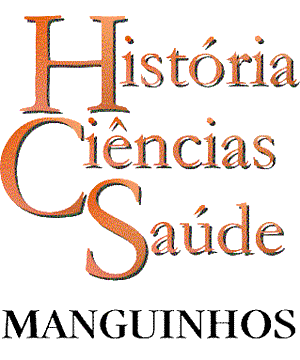Resumo em Português:
No contexto do Império alemão até a ascensão do nazismo e o III Reich, o texto investiga o tema da insalubridade, do aclimatamento e das doenças no Brasil em escritos de viajantes de língua alemã envolvidos com a questão imigratória. Por um lado, o Brasil era considerado um país bastante adequado para imigrar - sobretudo quando comparado com a África e os EUA - , por outro, o clima e a ameaça de doenças tais como febre amarela, malária, tuberculose, verminoses, bem como pragas de insetos e animais peçonhentos, podiam afugentar imigrantes. Pergunta-se como autores de diferentes perfis - 'políticos coloniais', imigrantes, literatos em sua imigração forçada e cientistas - abordam essas 'ameaças', considerando que terão como leitores (potenciais) imigrantes.
Resumo em Inglês:
In the period stretching from the birth of the German Empire through the rise of Nazism and the Third Reich, the article explores the themes of unhealthiness, acclimatization, and disease in Brazil as found in the writings of German-speaking travelers who were involved with the immigration question. On the one hand, Brazil was considered quite suitable as an immigration destination, especially in comparison to Africa and the United States; on the other, immigrants might be scared off by its climate and by the menace of diseases like yellow fever, malaria, tuberculosis, and worms, along with insect plagues and venomous animals. The question here is how authors with different profiles - 'colonial politicians,' immigrants, men of letters who were forced to emigrate, and scientists - approached these 'threats,' considering that their readers would be (potential) immigrants.
